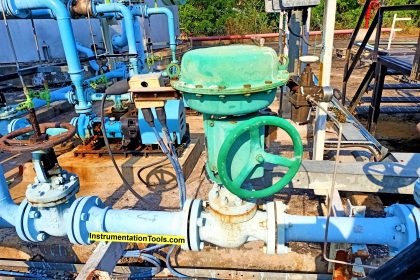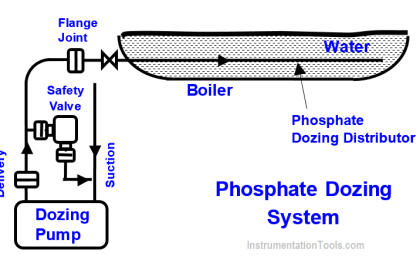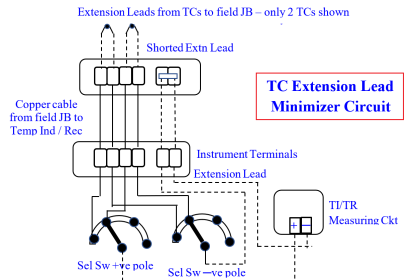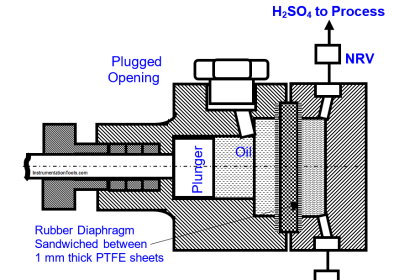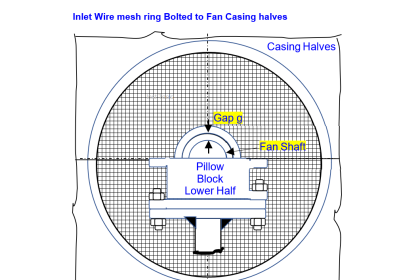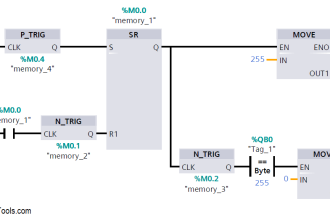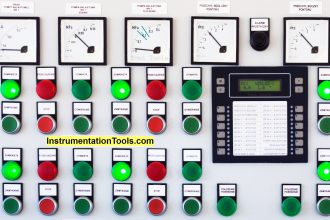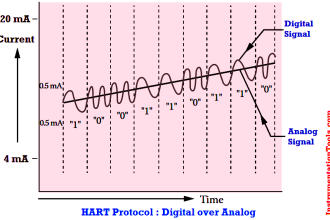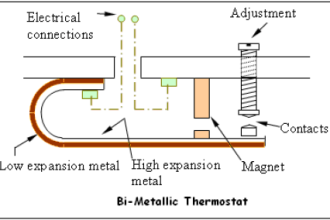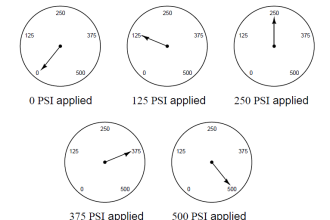Instrumentation engineering root cause analysis (RCA) of letdown valves repeat failures in industrial plant.
| Article Type: | Root Cause Analysis (RCA) |
| Category: | Instrumentation |
| Equipment Type: | Control Valves |
| Author: | S. Raghava Chari |
Note: This root cause analysis (RCA) is from real-time scenarios that happened in industries during the tenure of two or three decades ago. These articles will help you to improve your troubleshooting skills and knowledge.
Repeat Failures of Letdown Valves
As foreseen, within a week failed PCV 205 S shut down the plant chaotically.
Crew bolted the as soon as possible (ASAP) readied and carbon-steel flanges screwed valve PCV 205 to the pipeline and production resumed in 6 hours. The wisely screwed-in CS flanges reduced the downtime by 2 hours.
As before crew readied spare valve PCV 205S too ASAP and vigorously considered plug to stem strengthening.
Also Read: First Time Letdown Valve Problem
Final Solution
The SS 329 plug broke into two while welding to the stem. Hence, the author decided to use No Joint Inner Valve (NJIV) braving the below given two constraints and the valve maker not approving it.
- The manufacturer neither supplied the NJIV nor approved making it out of SS 329 citing reasons of standards permit only resilient SS 316 stem screwed to erosion resistant hard SS 329 plug and 329’s non-weldability.
- Still the author got SS NJIV turned overcoming the below given constraints:
- Suitable size SS 329 bar stock non-availability
- Excessive materials and efforts waste by turning the Max 40 mm dia NJIV out of the only 124 mm dia x 1.5 m long carbomate pump discarded plunger.
- He got a 800 mm long piece cut, tacked it vertically to a large plate. A crew of 2 working for two hours and another taking over hacksawed it into 4 quadrants in 12 hours. The shop turned out the two NJIVs one each for PCV 205 and PCV 205 S. They saved remaining two for other uses.
- Instrument crew readied PCV 205 with the NJIV. It went on the line at a soonest shutdown opportunity. It failed never! The author believes no joint and the generous fillet radius he provided where the dia reduces from 38 to 25.4 mm are the reasons for the IVs success.
Crew readied PCV 205 S with NJIV. However, it has become a non-moving spare!
RCA solution Benefits
A lasting and least-cost solution for a DDUDP.
The valve PCV 205 inspected at 3‑years intervals is excellent.
Author: S. Raghava Chari
Do you face any similar issues? Share with us through the below comments section.
If you liked this article, then please subscribe to our YouTube Channel for Instrumentation, Electrical, PLC, and SCADA video tutorials.
You can also follow us on Facebook and Twitter to receive daily updates.
Read Next:
- Valve Positioners Failed
- Errors and Faults in Siemens PLC
- Electrical Engineering Problems
- Pressure Taps Block Valves Leaks
- Unstable & Drifting Values of Transmitter
